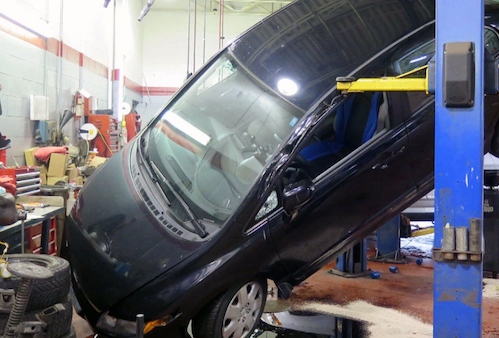Worksafe Act
 Work-related hand and wrist injuries are the most common work-related injury type and are a significant issue in the Australian workforce. The injuries range from being relatively minor to very severe, most commonly involving the fingers, with sprains and open wounds the most common injury type and amputation the most severe injury type.
Work-related hand and wrist injuries are the most common work-related injury type and are a significant issue in the Australian workforce. The injuries range from being relatively minor to very severe, most commonly involving the fingers, with sprains and open wounds the most common injury type and amputation the most severe injury type.
Over the last couple of months, WorkSafe has attended a number of serious incidents relating to finger injuries where workers have lost part of their finger, in one particular incident a worker lost their entire finger along with significant ligament damage.
Using sharp edged tools, operating powered tools or machinery which have not been properly guarded are the most common activities associated with injuries to the hand and wrist. Strains, sprains and repetitive injuries are also common where manual handling or repeat tasks are undertaken.
The manufacturing industry, wholesale and retail trade industry and the construction industry are the industries where workers most commonly sustain hand and wrist injuries such as strains or lacerations in the course of work. This is mainly due to the type of tasks being undertaken and the equipment being used which often has the potential to expose to cutting or moving parts or exert large forces directly or indirectly to the hand and wrist.
Here are a few tips on how to avoid hand injuries:
- know the hazards and dangers in the job to be done
- be aware of pinch points
- be aware of hot areas
- be aware of rotating or moving components or surfaces
- be aware of automated machinery that may be controlled by remote control, or delayed timing devices that cause the machine to start automatically when you may not be expecting it
- do not wear loose clothing or jewellery that may be caught up in moving machinery
- never remove machine safeguards or operate machinery with safeguards removed
- never maintain a machine or clear blockages with the machinery switched on.
For further information on workplace safety visit the Access Canberra website.






